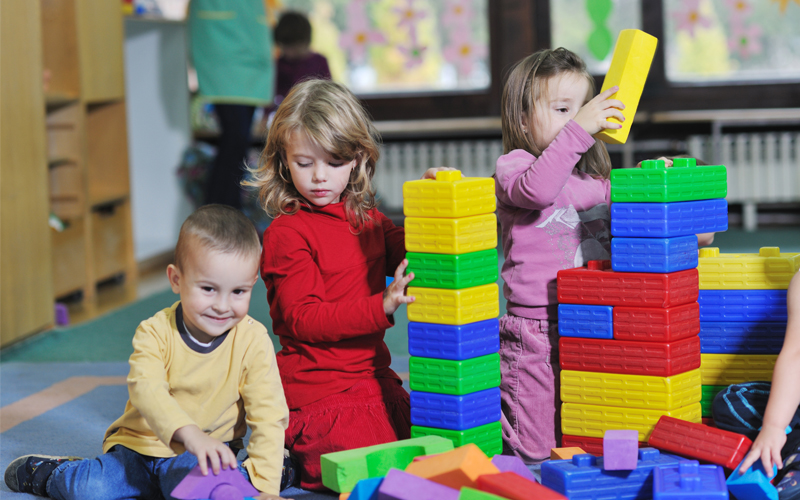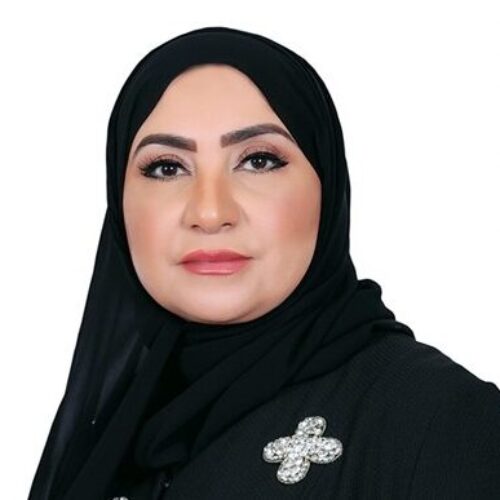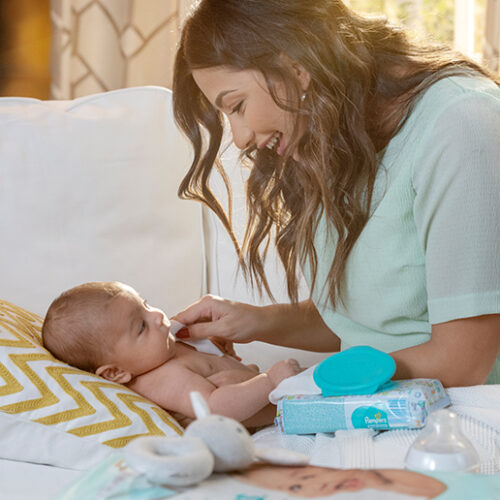Child-centred Learning
The Power of Progressive Education

Based on the late 19th century model of the United States’ Progressive Era, progressive education stems from the belief that children are rational beings who need to understand their responsibilities as future participants in society.
Years before this Era, philosophers had been studying the possibility of a more empowering education, which provided children with a wider perspective. Demands for a different type of schooling paved the way for progressive education which, in the words of one of the world’s first progressive headmasters: “helps an individual to develop an understanding of life, and the character and the power of thinking and doing that will help him to live richly, to use his abilities wisely and fully, and to be a useful and constructive member of his community.”
Today, progressive education has found its way into schools around the world and, given the all-encompassing nature of Dubai’s educational system, the progressive model’s principles have been flourishing in full among its educational establishments.
“The key elements of progressive education include a child-cantered, developmentally-appropriate mode of teaching that encourages dynamic, real-time collaboration and creative problem-solving. Children embark upon hands-on, extended integrated studies of subjects that are driven by both established curriculum and the needs of individual classes,” says Kimberly Taylor, a US-based expert on progressive education who is helping bring the curriculum to Dubai as academic advisor at Clarion School.
“Children will have a real sense of Dubai by having explored it with all of their senses. They’ll learn to share this knowledge with one another on a daily basis, in real time. For example, when studying the Dubai creek, students will visit many times to analyse, sample and explore the water, vegetation and marine life present there. They will map how it has changed over time and how this has affected the people who lived nearby,” she adds.
Through the progressive curriculum, children are encouraged to analyse their own learning, take responsibility for it and share it with others on a daily basis. In doing so, they develop a sense of themselves as learners and see the impact of their thoughts and actions in the classroom and wider environment.
Teachers are seen as facilitators of learning, offering age-appropriate provocations for students to discover, uncover and construct their own learning. Rather than having a child memorise facts from a textbook, students are encouraged to approach their learning in a hands-on manner, utilising all five senses.
With the arrival of a comprehensively progressive learning experience, Kimberly highlights the importance of a smooth parent-teacher relationship: “We find that clear, concise and consistent communication between parents, teachers and children enhances children’s understanding of their learning, thereby extending the learning environments both at home and in school.”
“The parent is truly the child’s first and most important teacher. When a child has clear and consistent communication from both parents and teachers about academic and behavioural expectations, they can work to meet them to the best of their ability both at school and at home.”
The values of progressive education
- Freedom to develop naturally
- Interest, the motive of all work
- Teacher is a guide, not a task-master
- Scientific study of pupil development
- Greater attention to all that affects the child’s physical development
- Cooperation between school & home to meet the needs of child-life
- Progressive school a leader in educational movements











Comments